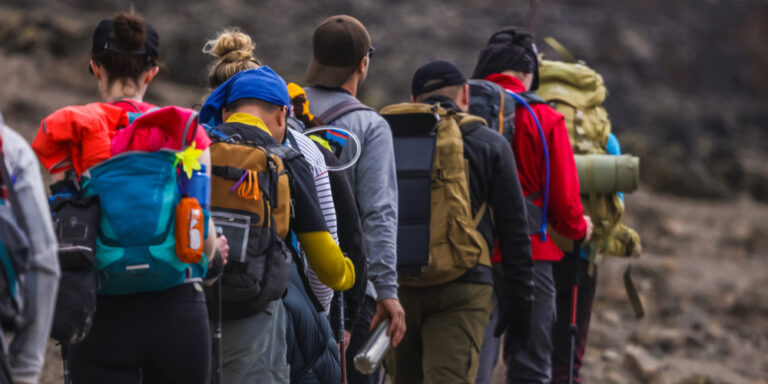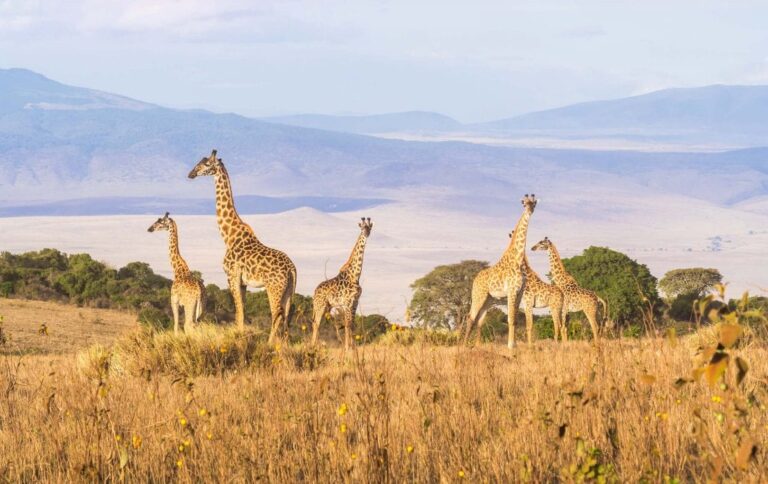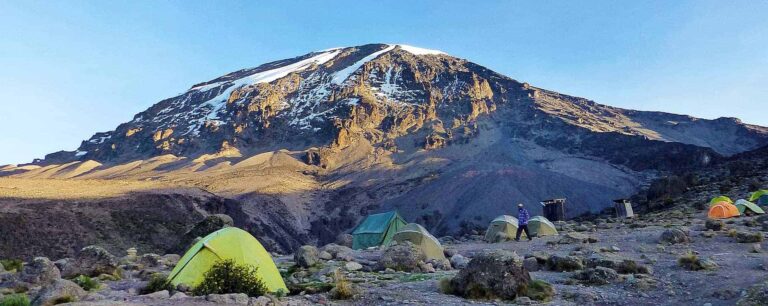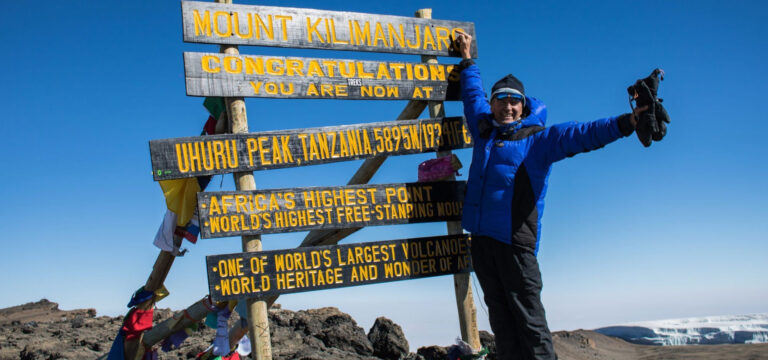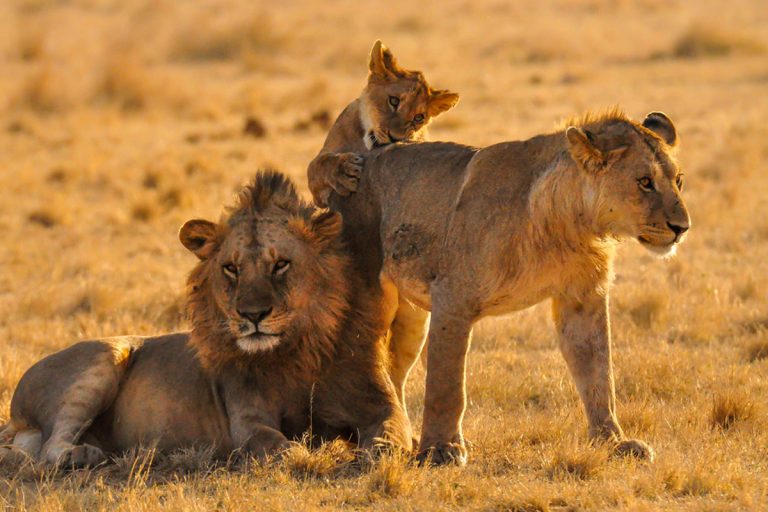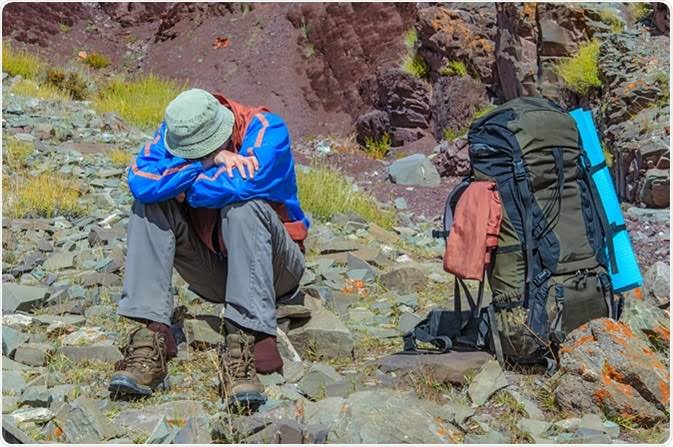The Ngorongoro Conservation Area (NCA) is a UNESCO World Heritage Site located in Tanzania, East Africa. It lies approximately 180 kilometers west of Arusha, a major city in northern Tanzania. The area is situated within the Crater Highlands, which are part of the Eastern Rift Valley. The most famous feature of the NCA is the Ngorongoro Crater, a massive volcanic caldera formed about two to three million years ago. The conservation area covers an extensive region of about 8,292 square kilometers, encompassing various landscapes such as savannas, forests, and highlands, as well as archaeological sites like the Olduvai Gorge, known for its rich paleoanthropological significance.
Weather conditions in the Ngorongoro Conservation Area vary due to its diverse topography and elevation. The region experiences a moderate climate, with temperatures ranging from 10°C (50°F) to 25°C (77°F) throughout the year. There are two main rainy seasons: the short rains from November to December and the long rains from March to May. During the dry season, which spans from June to October, the area becomes more accessible and wildlife viewing is optimal. The crater floor remains relatively lush and green even during the dry season, providing a year-round habitat for its inhabitants.
The Ngorongoro Conservation Area is renowned for its incredible biodiversity and abundant wildlife. Visitors can expect to see a wide variety of animals, including the Big Five: lions, elephants, buffaloes, leopards, and rhinoceroses. The crater is home to one of the densest populations of lions in Africa, and it is one of the few places where visitors can see black rhinos in their natural habitat. Other commonly sighted animals include zebras, wildebeest, hyenas, and an array of bird species, such as flamingos that flock to the crater’s soda lakes. The diverse ecosystems within the conservation area support a wide range of flora and fauna, making it a prime location for wildlife enthusiasts and researchers.
The best time to visit the Ngorongoro Conservation Area is during the dry season, from June to October. During these months, the weather is more predictable, and the roads within the conservation area are in better condition, making travel easier. Wildlife is also more concentrated around water sources, increasing the likelihood of spotting various animals. Another favorable time to visit is during the calving season in February, when wildebeest and other herbivores give birth, attracting predators and offering dramatic wildlife viewing experiences. Regardless of the time of year, the Ngorongoro Conservation Area provides a unique and unforgettable safari experience due to its stunning landscapes and rich wildlife.

